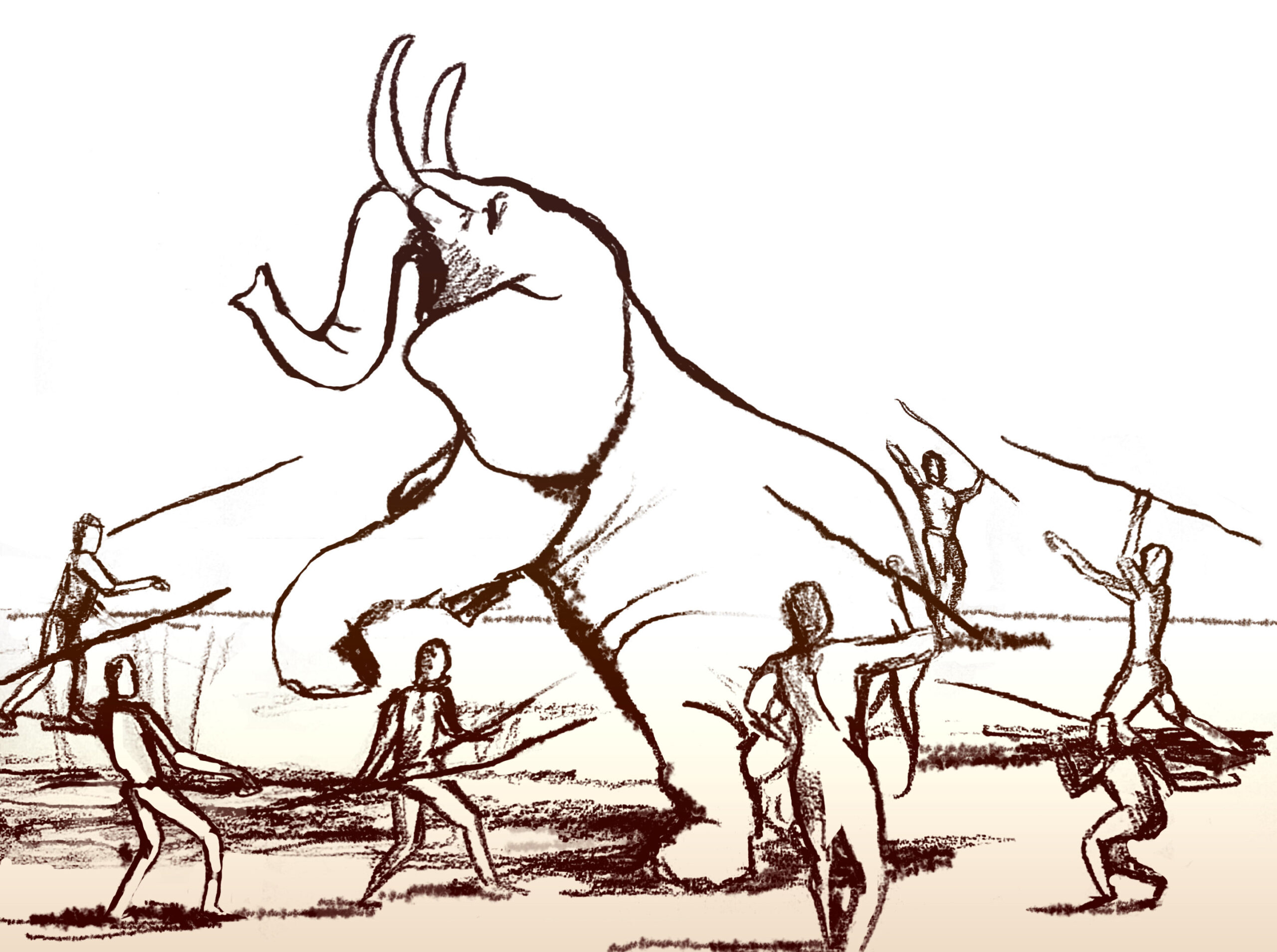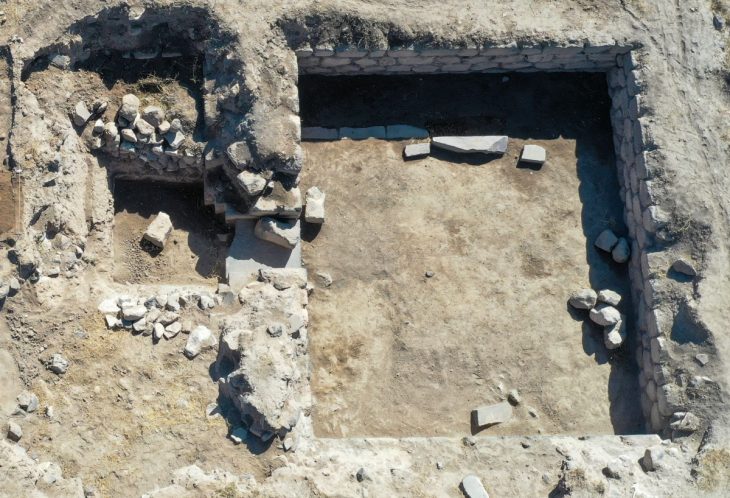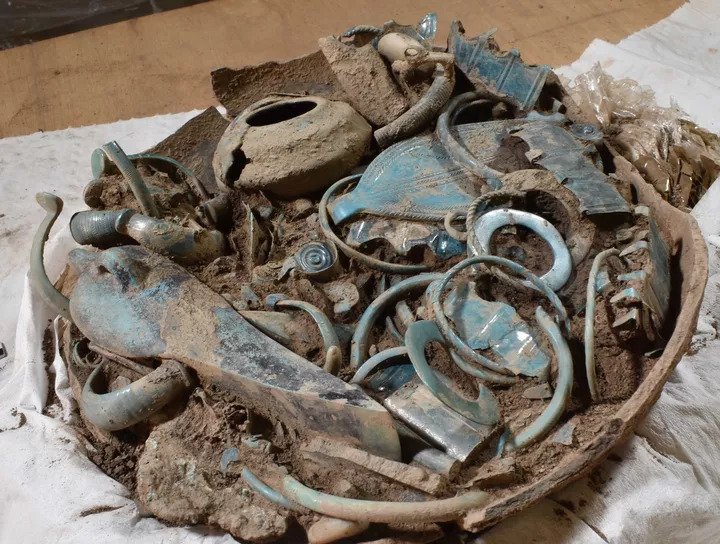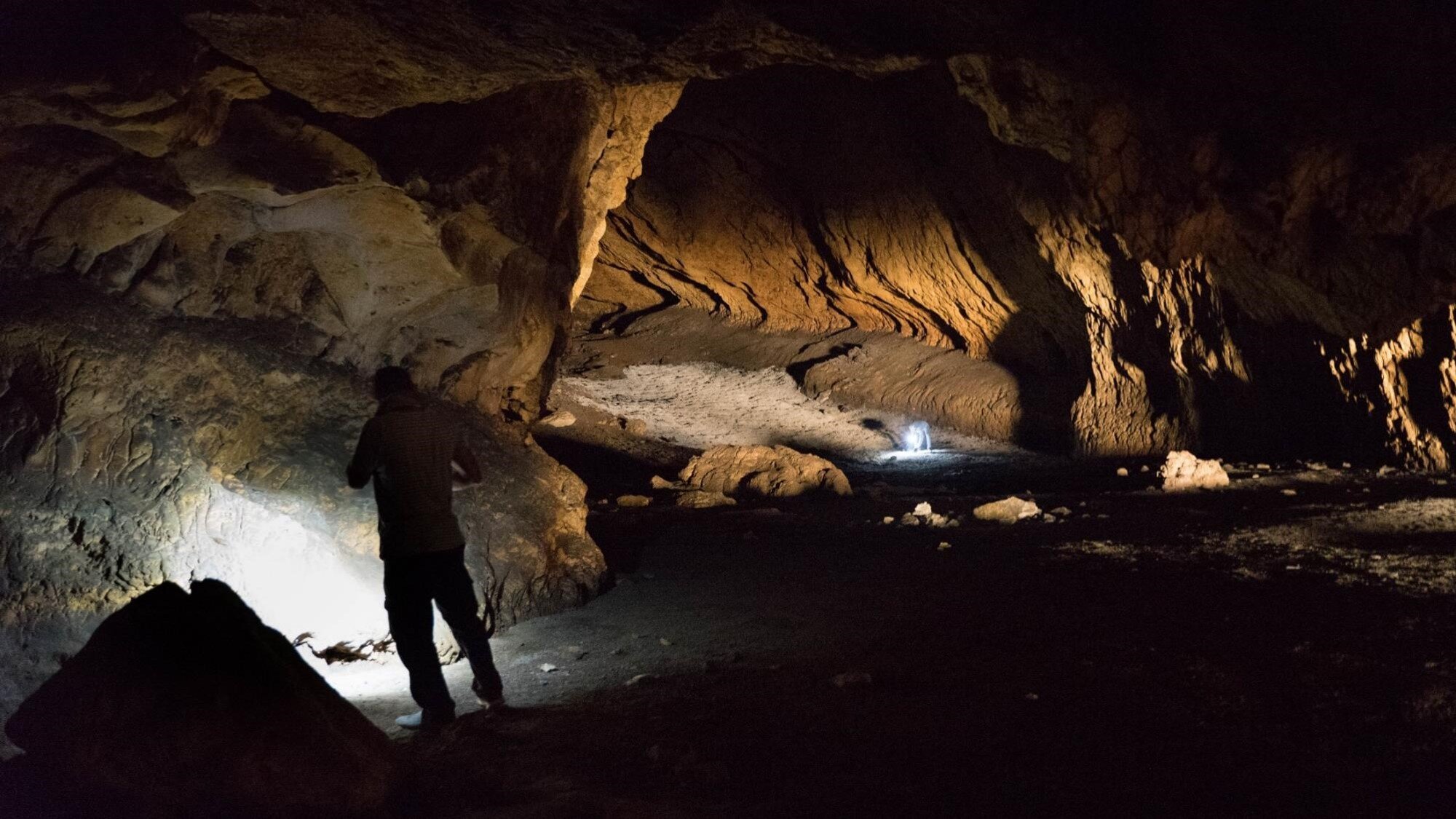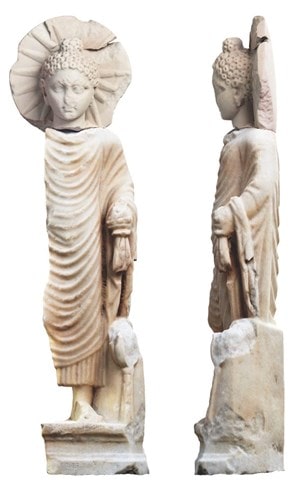Study Links Paleolithic Tool Sites to Elephant Migration Patterns and Hunting Strategies
For millennia, archaeologists have puzzled over the seemingly random distribution of Paleolithic stone tool-making sites. Why would early humans, particularly those of the Lower Paleolithic period, meticulously quarry and craft tools at specific locations, often ignoring seemingly equally suitable flint sources nearby? A new study led by Tel Aviv University researchers sheds light on this … Read more
